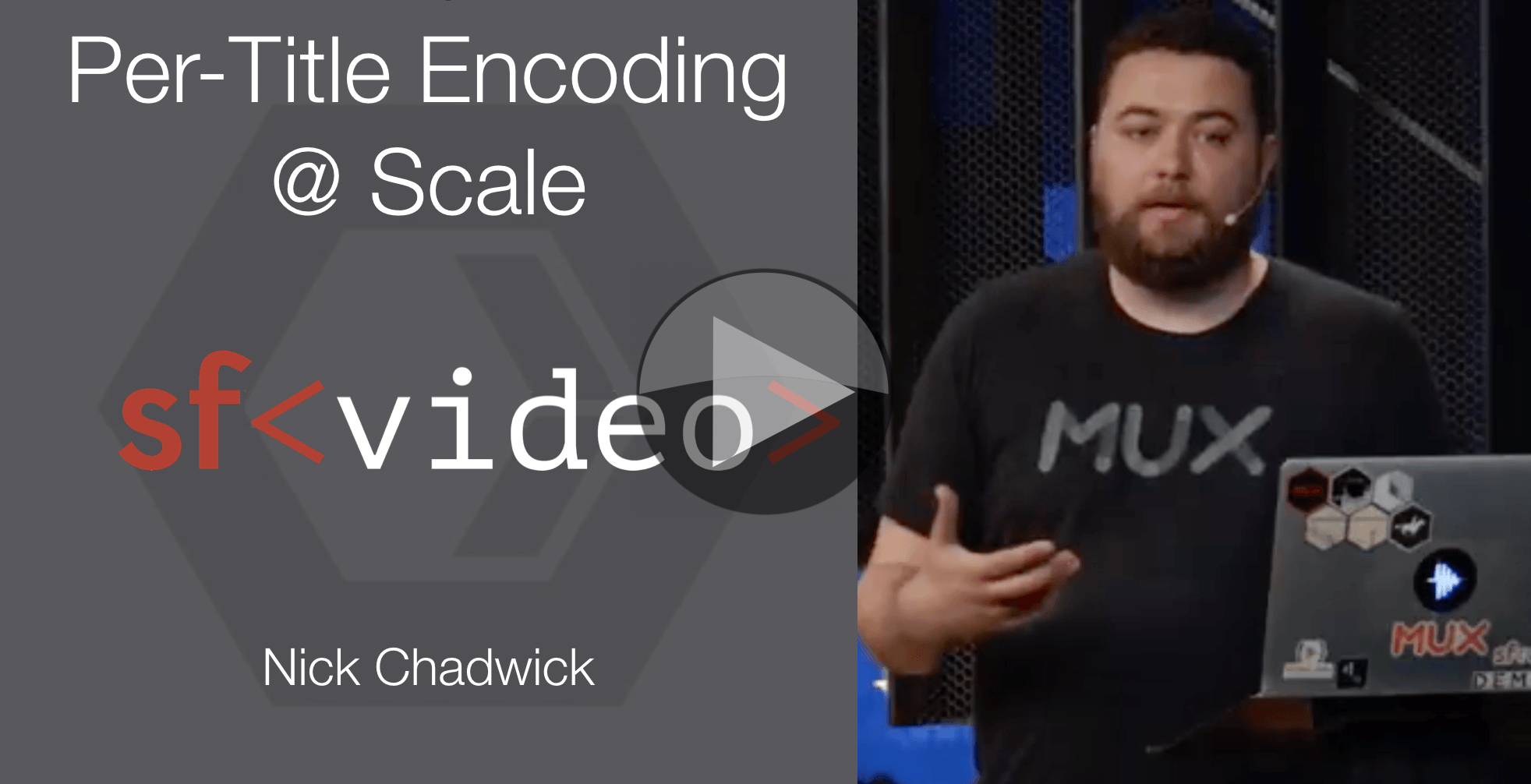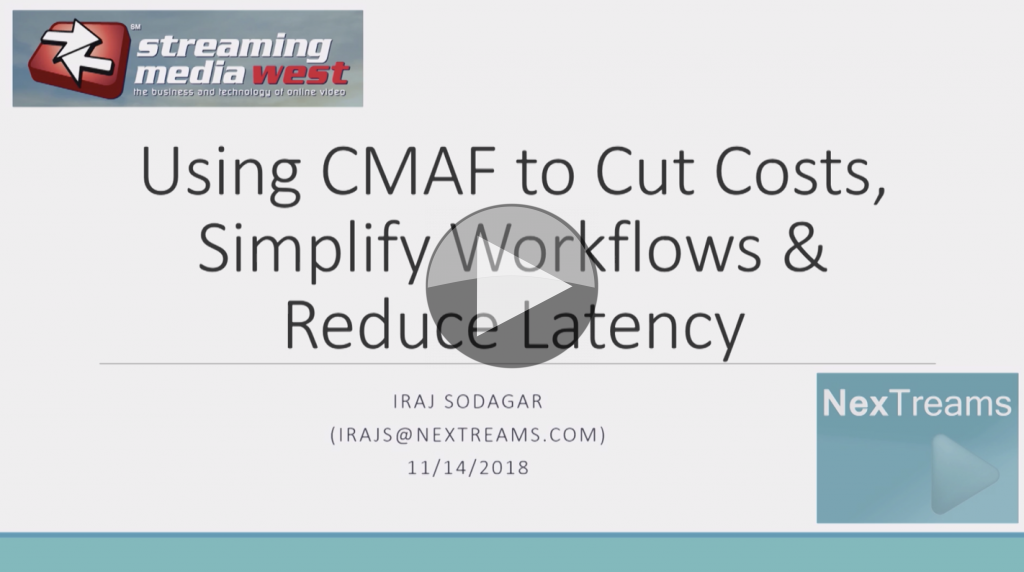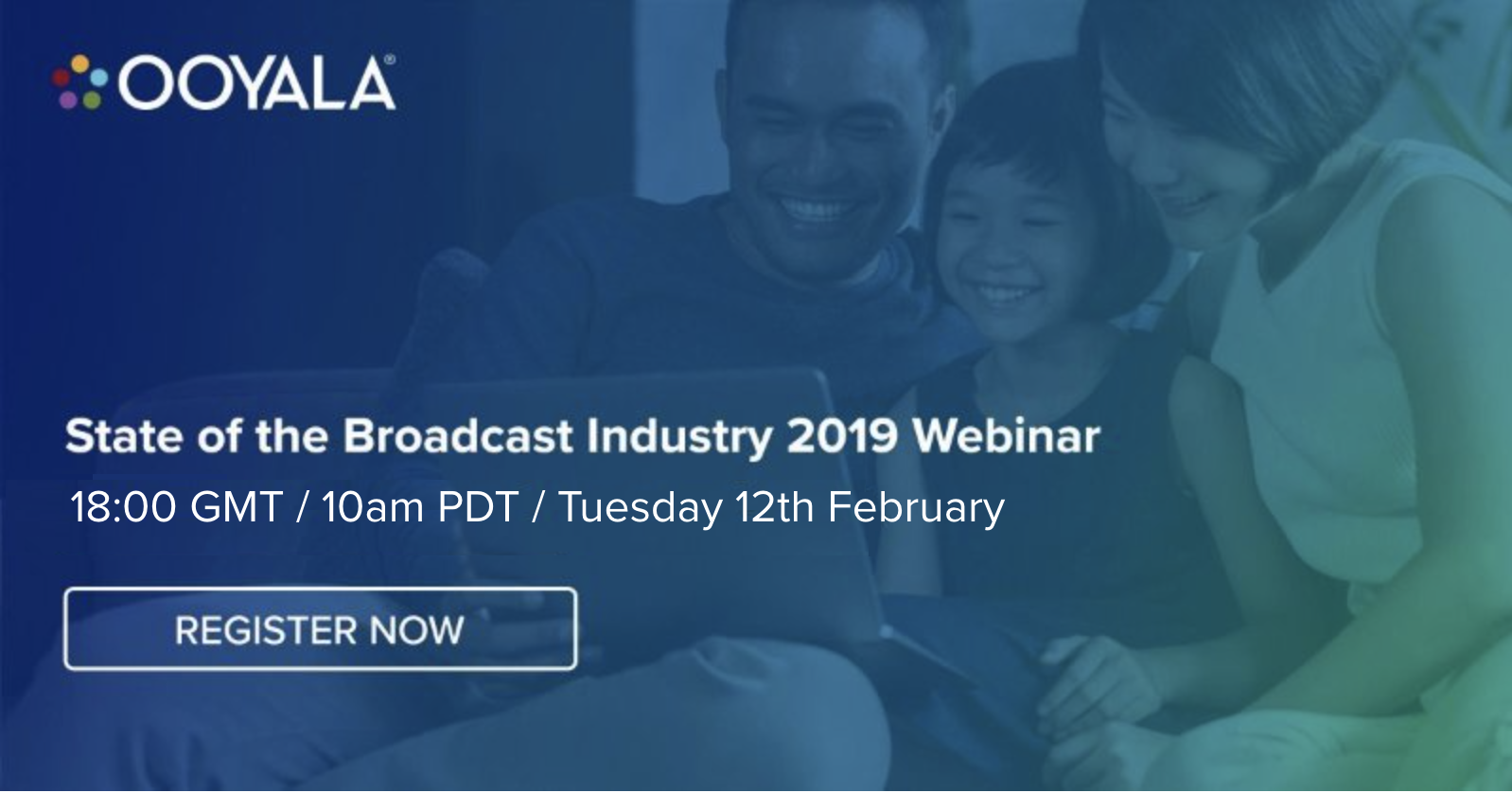Thursday 16th May 2019, 16:00 BST / 11am EDT / 8am PDT
Controlling services by voice is on the rise. Recently we have seen Google move all their Nest hardware control into Google Assistant and the abilities of Alexa and Siri continue to grow. All of these smart speakers and voice-controlled AI assistants have seen rapid adoption in homes, the UK being the biggest adopter with voice assistant devices now used in more than a quarter of all households.
With a shift away from the on-screen EPG and clunky remote controls to a world where any content is a voice command away, who owns the voice interface with the consumer and the vast amount of valuable data it creates? Does this put more power in the hands of the Silicon Valley tech giants as their voice assistants and AI algorithms become a new gatekeeper? And how should content owners respond?
This webinar explores the value of voice control for content, and finds the best strategies for broadcasters and platform operators to develop voice interfaces and maintain control of the user experience.
Speakers
 |
Patrick Byrden Senior Director of Customer Solutions, TiVo |
 |
Ashley Grossman Senior Manager, Personalisation & Discovery, Liberty Global |
 |
Morvarid Kashanipour Head of Product Design, Com Hem |







